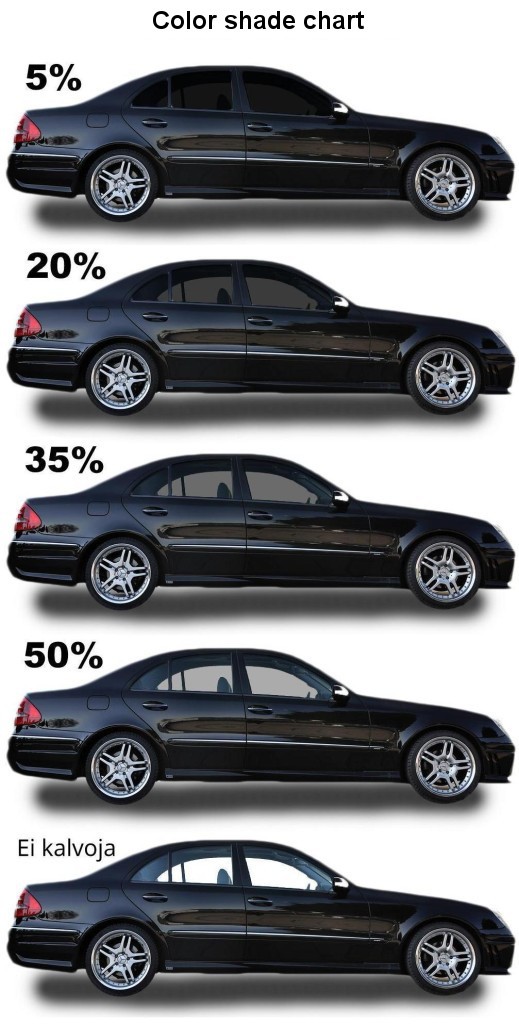Just How Auto Window Tinting Can Enhance the Resale Worth of Your Car
Just How Auto Window Tinting Can Enhance the Resale Worth of Your Car
Blog Article
Home Window Tinting Regulations and Standards: What You Need to Know Before Tinting Your Cars And Truck
Before continuing with home window tinting for your vehicle, it is crucial to acquaint on your own with the varied laws and standards that regulate this technique across different states. These policies dictate the permissible levels of color darkness, usually measured by visible light transmission (VLT) percents, and include particular specifications for front windshields aimed at guaranteeing roadway security.
Summary of Window Tinting Regulations
Window tinting legislations are regularly based on variant throughout different territories, mirroring regional guidelines and safety and security factors to consider. These regulations determine the permitted degrees of color darkness and reflectiveness on lorry windows, guaranteeing that vehicle drivers preserve sufficient visibility while also shielding versus hazardous UV rays and warm.
Many policies identify home window tinting based upon the Visible Light Transmission (VLT) percent, which indicates the quantity of light that can travel through the home window. Usually, reduced VLT percentages signify darker colors. Legislations typically differentiate in between the front, side, and back windows, with stricter constraints used to the front windshield to boost security for both the vehicle driver and other road users.
Compliance with window tinting laws is vital, as violations can result in penalties, mandatory removal of the tint, and potential boosts in insurance premiums. It is essential for car proprietors to acquaint themselves with local legislations prior to continuing with home window tinting installations.
State-by-State Tint Laws
Understanding the details window tinting regulations in each state is important for vehicle owners looking for to follow the regulation. Each state in the united state has developed its own collection of guidelines governing window tinting, which can vary significantly. These regulations frequently dictate the allowed degrees of tint darkness, the sorts of windows that can be tinted, and any kind of medical exemptions that might use.
As an example, states like The golden state have strict restrictions on tint darkness for front home windows, while others, such as New Mexico, may permit darker tints. Furthermore, specific states mandate certain exposure percentages for numerous home windows, consisting of the windshield, front side windows, and rear home windows. It is crucial for car owners to familiarize themselves with their state's legislations to stay clear of possible fines or penalties.
Moreover, some states might need an accreditation sticker to be positioned on colored home windows, suggesting compliance with state regulations. Failing to follow these policies not just risks lawful consequences but can additionally affect security and exposure while driving. For that reason, lorry proprietors ought to conduct extensive study or get in touch with neighborhood authorities to guarantee full understanding and conformity with state-by-state color laws.
Allowed Color Degrees and Types
Numerous car proprietors may be surprised to find out that allowed color levels and types differ extensively across different states. Each state has established its own regulations relating to the permissible darkness and reflectivity of window tint, often determined by Visible Light Transmission (VLT) percents. VLT refers to the amount of light that can pass through the tinted windows; therefore, a lower percent suggests a darker tint.

Furthermore, the sorts of tint materials allowed can vary, with some states forbiding mirror-like or metal finishes. It is important for automobile proprietors to familiarize themselves with their state's details regulations to make certain conformity. Non-compliance can cause penalties, compulsory removal of the color, or various other lawful consequences, making it vital to understand these laws prior to proceeding with setup.
Medical Exceptions for Tinting
While not all states provide allowances for medical exemptions concerning window tinting, those that do recognize the requirement for specific people to boost exposure and comfort because of medical problems. Various medical problems, such as lupus, skin cancer, and certain eye conditions, can provide individuals especially delicate to sunlight. These people might need darker tints to shield themselves from unsafe UV rays and glare.

It is very important to keep in mind that also with a medical exemption, there may still be constraints on the level of tint permitted. Compliance with state legislations makes sure that people are both secured and within lawful limitations. Those taking into consideration medical exceptions must contact their neighborhood Department of Motor Cars or comparable authority to recognize the needs and treatments needed to request an exception successfully.
Fines for Non-Compliance
Stopping working to follow window tinting laws can cause considerable fines, which vary by state. Regulation enforcement agencies are empowered to provide citations for vehicles that do not comply with the specified tinting policies. These penalties generally include fines, which can vary from small amounts to my response several hundred dollars, relying on the severity of the offense and the state concerned.
In some territories, duplicated offenses might result in intensifying penalties or additional fines, such as obligatory court appearances. Furthermore, non-compliance might require the elimination of unlawful tinting, usually at the proprietor's expense. In extreme situations, regular offenders may encounter suspension of their car enrollment till conformity is accomplished.
Additionally, insurance policy effects might emerge from obtaining several citations for home window color infractions. Insurance companies may see such offenses as a sign of riskier actions, potentially causing increased costs or difficulty in coverage.
To stay clear of these charges, it is essential for vehicle proprietors to familiarize themselves with their local home window tinting legislations and make sure that their car complies (Window Tinting). This aggressive strategy not just stays clear of lawful implications but also promotes road security
Final Thought

A lot of guidelines classify window tinting based on the Visible Light Transmission (VLT) portion, which indicates the amount of light that can pass with the window. Compliance with home window tinting regulations is crucial, as offenses can result in fines, necessary removal of the color, and possible increases in insurance policy costs.Understanding the details home window tinting policies in each state is crucial for automobile owners looking for to comply with the law. These guidelines commonly dictate the allowed levels of tint darkness, the types of windows that can be tinted, dig this and any kind of medical exceptions that may apply.
For instance, states like The golden state have stringent constraints on color darkness for front windows, while others, such as New Mexico, might enable darker tints.
Report this page